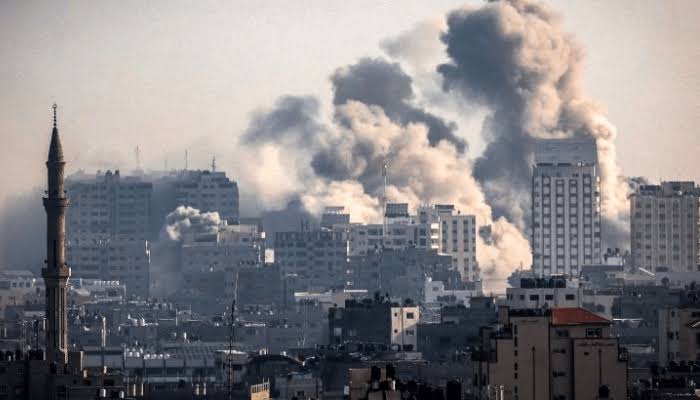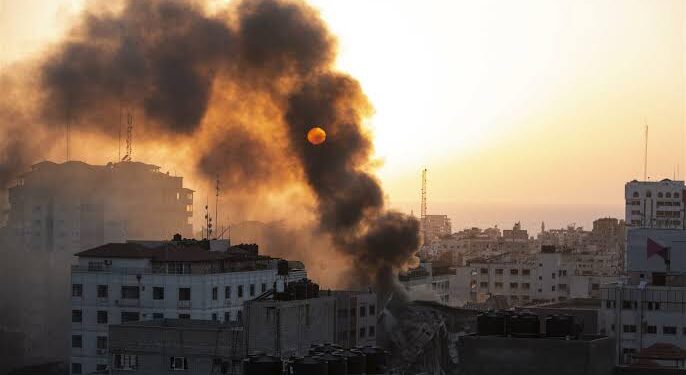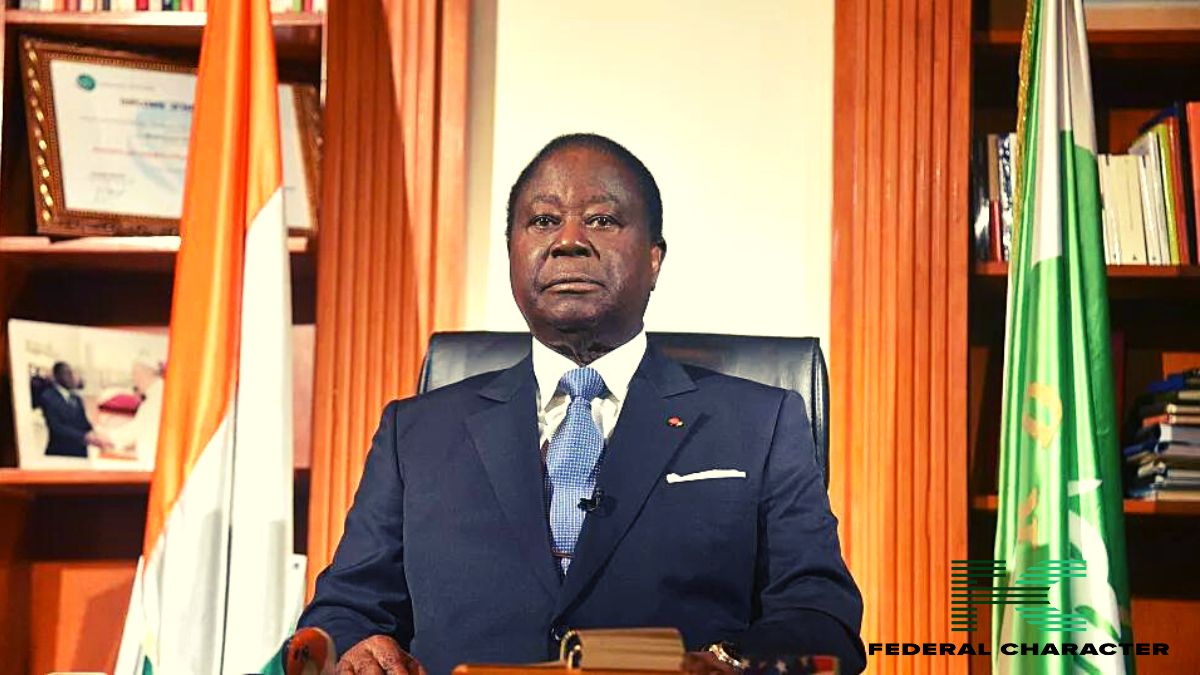In just ten months, the Gaza war has resulted in numerous deaths and a severe humanitarian crisis, heightening international fears of further escalation. The U.S. has been criticized for its arms supply to Israel, which some view as exacerbating the conflict. This criticism has come from both within the U.S. and internationally.
Ceasefire Efforts and Challenges
The international community has also attempted severally to mediate peace between the Hamas group and Israel, but so far, all previously held ceasefire negotiations between Israel and Hamas have failed. Each effort has fallen through for various reasons, casting doubt on the effectiveness of future talks. Recent reports of progress briefly raised hopes, only to be dashed by renewed conflict, particularly following the assassination of Hamas leader Haniyeh. Despite these setbacks, the international community remains committed to brokering peace, seeing a resolution between Israel and Hamas as crucial for global stability and a notable success for international diplomacy.

Recent Diplomatic Initiatives
The United States, in line with the global objectives of regional peace in the Middle East, is leading the new ceasefire negotiations. Alongside Egypt and Qatar, the U.S. has called for renewed negotiations on the “details of implementation” of a ceasefire agreement. The goal is to end the war and facilitate hostage and prisoner swaps.
The joint statement, signed by U.S. President Joe Biden, Egyptian President Abdel Fattah el-Sisi, and Qatari Emir Sheikh Tamim bin Hamad Al Thani, invites Israel and Hamas to resume talks to “close all remaining gaps and commence implementation of the deal without further delay.” The proposed “framework agreement” builds on principles outlined by President Biden on May 31, aiming for a full ceasefire and the release of hostages.
Focus of New Ceasefire Talks
The three leaders—U.S. President Joe Biden, Egyptian President Abdel Fattah el-Sisi, and Qatari Emir Sheikh Tamim bin Hamad Al Thani—agree that the “framework agreement” for a ceasefire has been accepted by both parties. The new negotiations will concentrate on the practical implementation of this agreement, addressing the key issues that caused previous ceasefire efforts to fail.
Stalled Negotiations
Israel and Hamas have struggled to agree on the terms for ending the war. Hamas has demanded a “permanent ceasefire,” a complete withdrawal of Israeli troops from Gaza, and a swap involving Israeli hostages and Palestinian prisoners held in Israeli jails. In contrast, Israeli Prime Minister Benjamin Netanyahu has stated that the conflict can only end with Hamas’s defeat.
Current Challenges and Uncertainty
The recent death of Hamas leader Haniyeh and his replacement by Yahya Sinwar, who is blamed by Israel for the October 7 attack, have further complicated the situation. The likelihood of progress in negotiations appears slim, though it’s impossible to make a definitive conclusion at this point. Israel continues to demand retribution for the attack, but efforts to capture Sinwar, a known extremist, have been unsuccessful.
Prospects for Negotiation
While Israel has agreed to negotiate, Hamas has not yet responded. Questions remain about whether Israel will resolve terms before potentially pursuing a complete defeat of Hamas. The fundamental question that comes to mind when we think about another ceasefire negotiation between Israel and Hamas is whether peace in the Middle East is possible before either side is entirely vanquished.

















